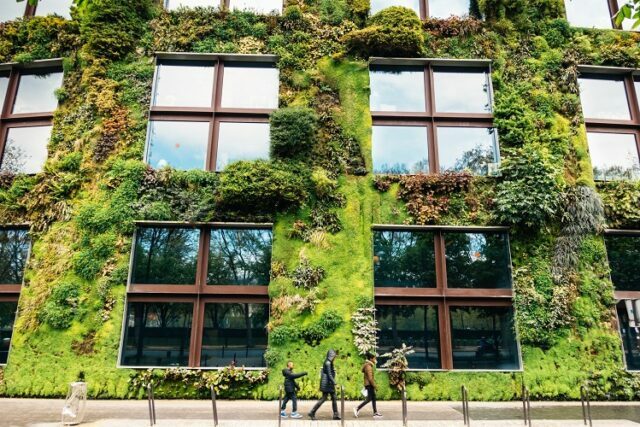In recent times, styles have changed to an immense extent. With time, vertical gardens have become a very trendy architectural design. The natural look increased its usage substantially. This is the reason why, in today’s date, numerous vertical garden systems and products are available in the market. With time and popularity, different types have evolved and each proves to be beneficial to craft a good look.
A vertical garden consists of a group of various types of plants, which can adapt to specific moisture conditions, wind exposure, and different level of disturbance and wind exposure. When compared, it shares some similarity with the roof gardens. With time and advancement, various types have come into existence. Let us find out the kinds of green walls.
Table of Contents
Categories of Green Walls:
All the green walls that are used in today’s date are classified into main categories:
- Soil Bearing systems
- Non-Soil Bearing systems
Soil Bearing Systems: This is the widespread system throughout the world. From vines that can be planted in the ground to higher planter boxes, these are quite common. Apart from these, various styles of these systems are available throughout the world. Few of the systems needs additional irrigation, whereas others are independent of it, as long as the condition on which the gardens are placed are favorable.
These types of systems are cost effective, but when compared to the soil free systems, they are much heavier. Many people have a misconception that soil bearing systems are not as beautiful as the non-soil bearing systems. But it is not true, as many of the soil bearing systems look same like the non-soil bearing one. One of the huge advantages of these green walls is that dead or diseased plants can be easily identified and can be replaced. This as a reason makes them ideal for every location.
Non-soil bearing systems: These specialized types of systems needs more advanced setup than the other soil bearing designs. The non-soil bearing type includes hydroponic gardens. These kinds of gardens need irrigation at a regular interval. When sold in the market, they are provided with an automatic watering system. In additional to this, they require nutrient mixed water to grow properly. These systems when maintained properly deliver an outstanding result.
The Many Advantages of Vertical Gardens:
Apart from the wonderful designs, these gardens have numerous advantages. They not only enhance the looks of the area, but also have much more benefits.
- Noise is reduced largely
- Air quality is improved as they can control dust and pollution and the harmful carbon from the atmosphere
- Proper utilization of space
- Increased greenery in the urban areas and better quality of life
- Good way of production of food
- Spreading greenery throughout
Vertical gardens in today’s date are an amazing way to create a natural look. It not only spreads greenery but also has numerous positive influences on human health. The different types designed and endless benefits of green walls have made them the latest trend.








